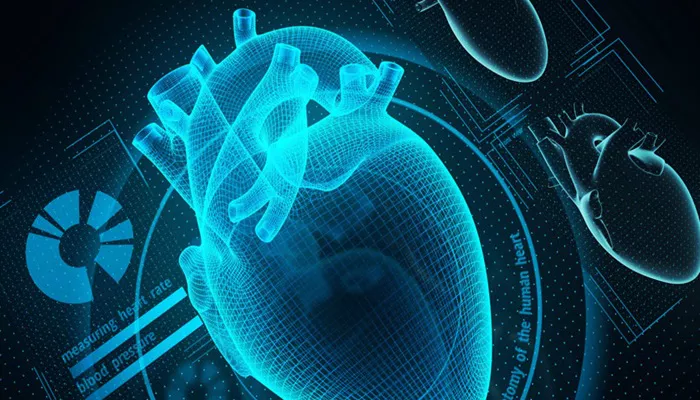OXFORD, Miss. – Engineers at the University of Mississippi have developed a cutting-edge technology designed to detect heart attacks faster and more efficiently, potentially saving lives across the country.
Led by Professor Kasem Khalil from the Department of Electrical and Computer Engineering, the team created a specialized chip that uses artificial intelligence and advanced mathematical algorithms to analyze the heart’s electrical signals. This new system is capable of identifying heart attacks in real-time—cutting diagnosis time in half compared to traditional methods.
“In cases like this, a few seconds can mean the difference between life and death,” said Professor Khalil. “This technology can provide the critical time needed to administer care before the condition worsens.”
Heart disease is the leading cause of death in the United States, with one person dying from a heart attack every 40 seconds. Mississippi ranks second among U.S. states for heart disease-related deaths. Early detection remains key to improving outcomes.
The team’s findings were published in the journal Intelligent Systems, Blockchain and Communication Technologies. Tamador Mohaidat, a doctoral student and co-author of the study, emphasized the life-saving potential of the invention.
“This method will save lives because we can monitor the heart in real time,” Mohaidat said.
Currently, patients who experience chest pain must undergo tests like electrocardiograms or blood work to confirm a heart attack. These steps take time that many patients simply do not have. The new chip could be integrated into wearable devices such as smartwatches or smartphones, allowing for faster, real-time monitoring and earlier intervention.
Mohaidat led the development of the artificial neural network that powers the system, while fellow graduate student Md. Rahat Kader Khan, a second-year master’s student in computer engineering, focused on building the device’s software infrastructure.
“In our lab, we focus on the whole product,” Khan said. “Each of us has our own role, but we work closely together.”
The technology is designed for use in wearable or remote monitoring devices, offering a new tool for clinicians and patients in the fight against heart disease. With further development, this innovation could play a major role in reducing mortality rates from heart attacks, especially in high-risk areas like Mississippi.
Related topics:


